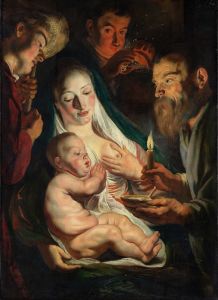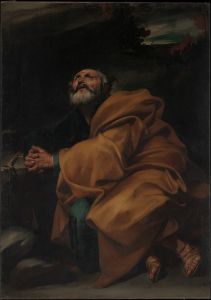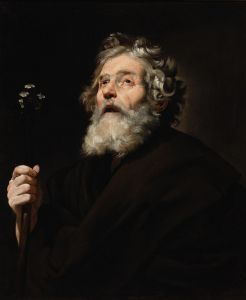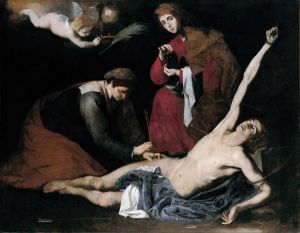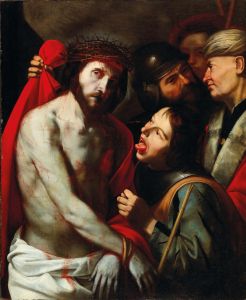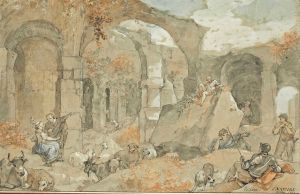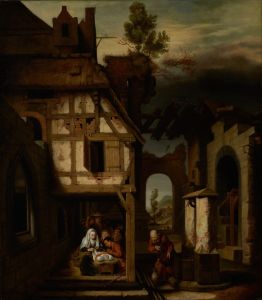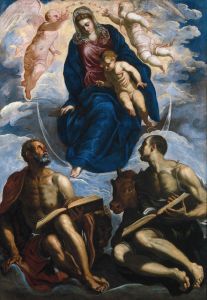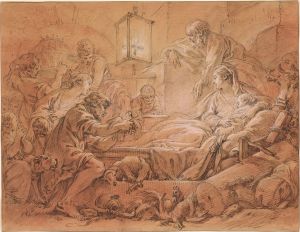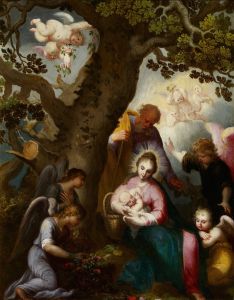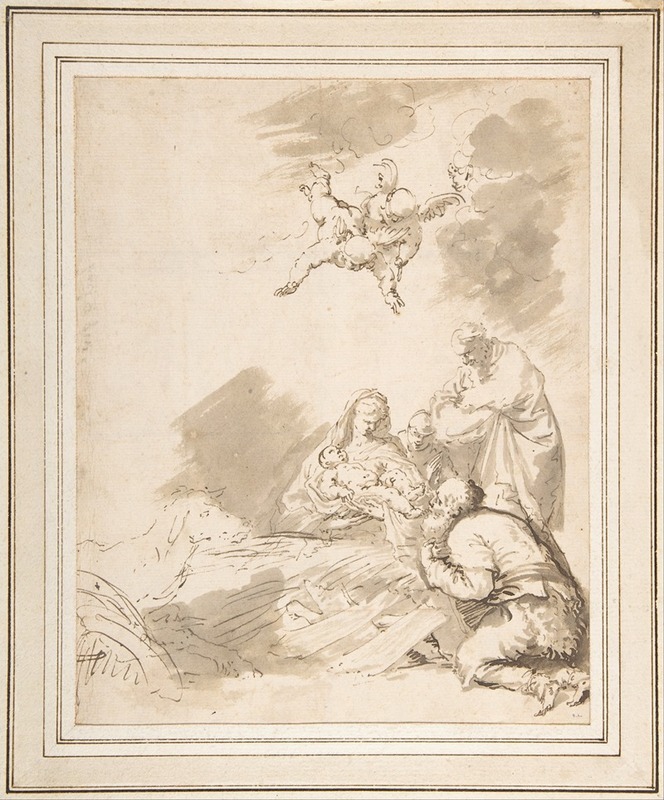
Adoration of the Shepherds
A hand-painted replica of Jusepe de Ribera’s masterpiece Adoration of the Shepherds, meticulously crafted by professional artists to capture the true essence of the original. Each piece is created with museum-quality canvas and rare mineral pigments, carefully painted by experienced artists with delicate brushstrokes and rich, layered colors to perfectly recreate the texture of the original artwork. Unlike machine-printed reproductions, this hand-painted version brings the painting to life, infused with the artist’s emotions and skill in every stroke. Whether for personal collection or home decoration, it instantly elevates the artistic atmosphere of any space.
Jusepe de Ribera, a prominent Spanish painter of the Baroque period, created "Adoration of the Shepherds" in 1650. Ribera, also known as José de Ribera or by his nickname "Lo Spagnoletto" (the Little Spaniard), was renowned for his dramatic use of chiaroscuro and realistic depiction of human figures. He spent most of his career in Naples, which was then part of the Spanish Empire, and became a leading figure in the Neapolitan school of painting.
"Adoration of the Shepherds" is a classic example of Ribera's mature style, characterized by its intense naturalism and emotional depth. The painting depicts the biblical scene of the shepherds visiting the newborn Jesus, a popular subject in Christian art that symbolizes the recognition of Christ by the humble and the poor. Ribera's interpretation of this scene is marked by a strong sense of realism and a focus on the human emotions involved in this divine encounter.
In the composition, the infant Jesus is placed at the center, illuminated by a soft, divine light that contrasts with the darker surroundings. This use of light not only highlights the central figure of Christ but also creates a sense of intimacy and reverence. The shepherds, depicted with rugged, weathered features, gather around the infant with expressions of awe and devotion. Ribera's attention to detail in their faces and clothing reflects his commitment to portraying the dignity and humanity of his subjects.
The Virgin Mary and Saint Joseph are also present in the scene, depicted with serene and contemplative expressions. Mary's gentle gaze towards her child and Joseph's protective stance add to the painting's overall sense of warmth and familial tenderness. Ribera's skillful use of chiaroscuro enhances the three-dimensionality of the figures, giving them a lifelike presence that draws the viewer into the scene.
Ribera's "Adoration of the Shepherds" is notable for its departure from the idealized representations often found in earlier depictions of the Nativity. Instead, Ribera opts for a more grounded and realistic portrayal, emphasizing the humility and simplicity of the setting. This approach aligns with the broader Baroque movement's focus on realism and emotional engagement, aiming to evoke a visceral response from the viewer.
The painting is housed in the Museo Nacional del Prado in Madrid, Spain, where it is part of a significant collection of Ribera's works. The Prado Museum is renowned for its extensive collection of European art, particularly Spanish masterpieces, and Ribera's works are considered an essential part of its holdings.
"Adoration of the Shepherds" exemplifies Ribera's mastery of the Baroque style and his ability to convey profound religious themes through a combination of dramatic lighting, realistic detail, and emotional depth. The painting remains a testament to Ribera's artistic legacy and his contribution to the development of European art in the 17th century.





